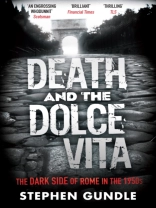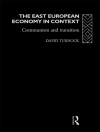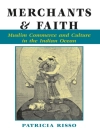On 9 April 1953 an attractive twenty-one-year-old woman went missing from her family home in Rome. Thirty-six hours later her body was found washed up on a neglected beach at Torvaianica, forty kilometres from the Italian capital. Some said it was suicide; others, a tragic accident. But as the police tried to close the case, darker rumours bubbled to the surface. Could it be that the mysterious death of this quiet, conservative girl was linked to a drug-fuelled orgy, involving s...
Tentang Penulis
Stephen Gundle is an historian with specialist interest in modern Italy. His books include Bellissima: Feminine Beauty and the Idea of Italy and Glamour: A History. ...
Beli ebook ini dan dapatkan 1 lagi GRATIS!
Bahasa Inggris ● Format EPUB ● ISBN 9780857860491 ● Ukuran file 3.4 MB ● Usia 22-99 tahun ● Penerbit Canongate Books ● Kota Edinburgh ● Negara GB ● Diterbitkan 2011 ● Diunduh 24 bulan ● Mata uang EUR ● ID 2348919 ● Perlindungan salinan Adobe DRM
Membutuhkan pembaca ebook yang mampu DRM












